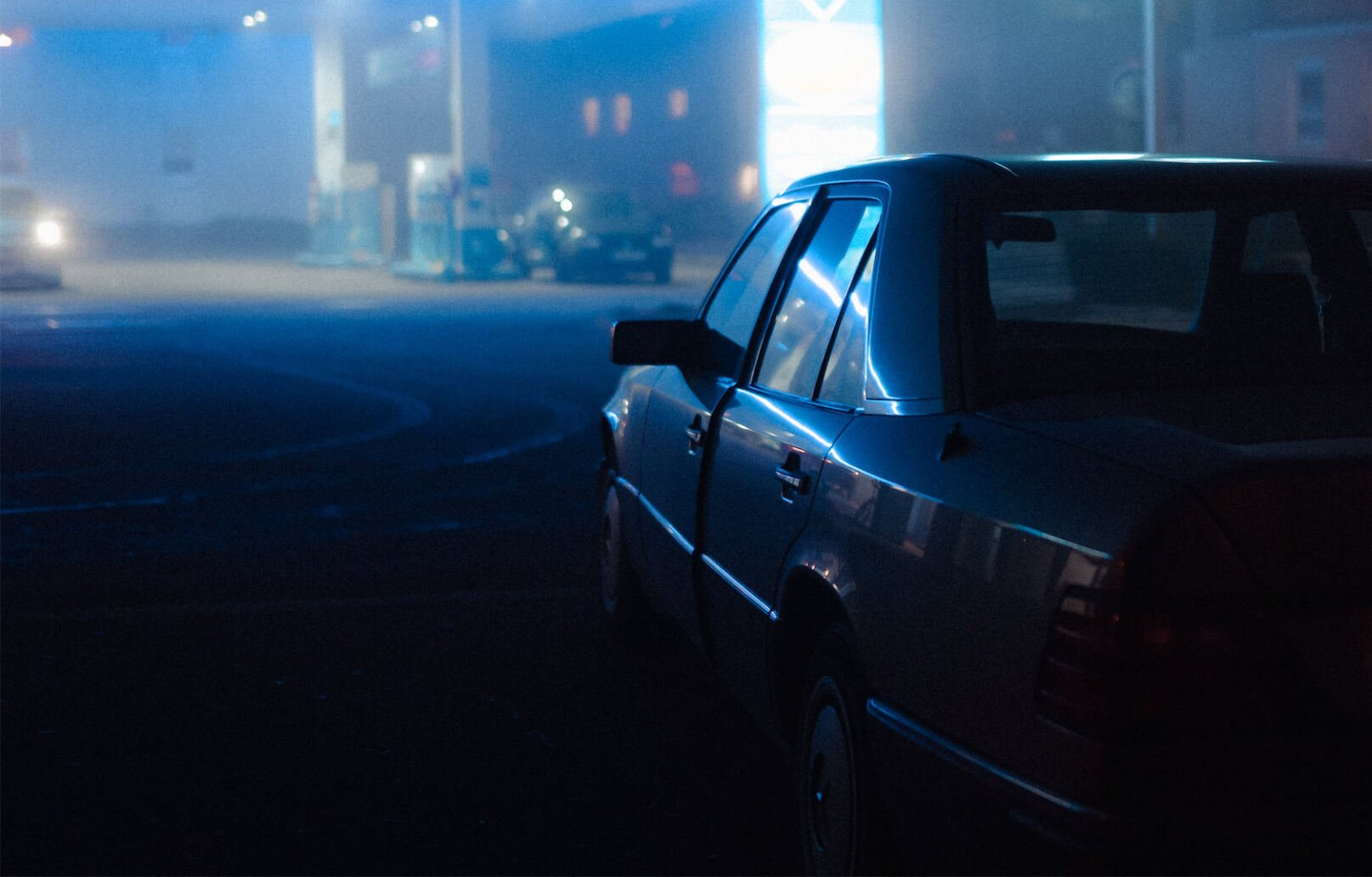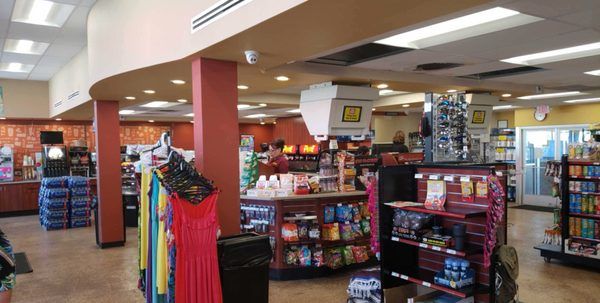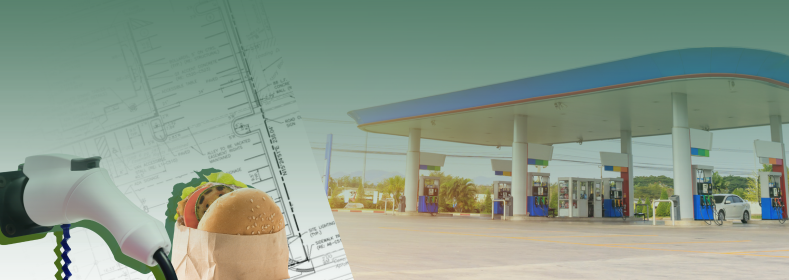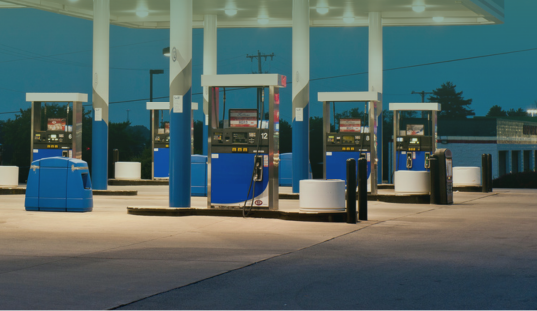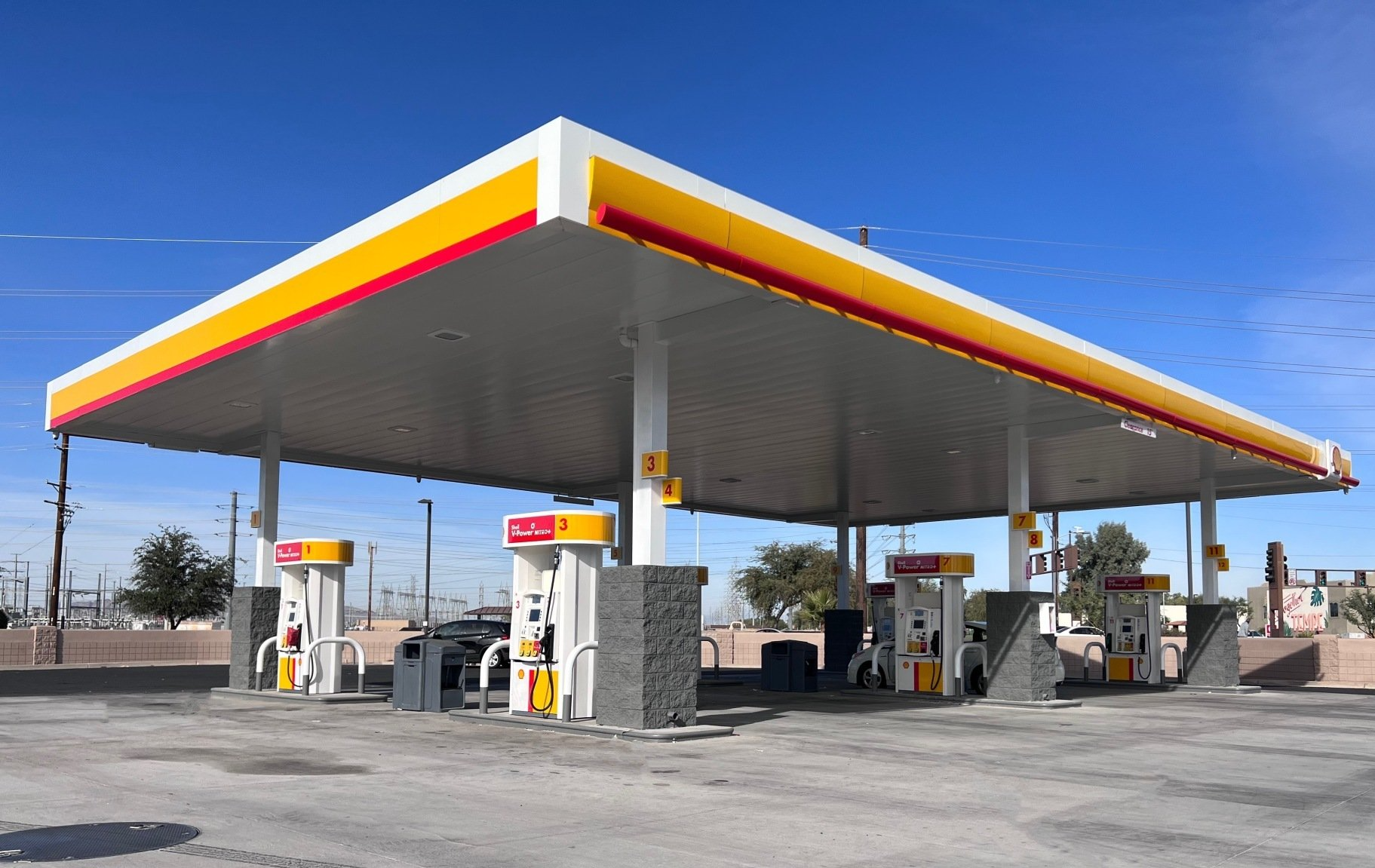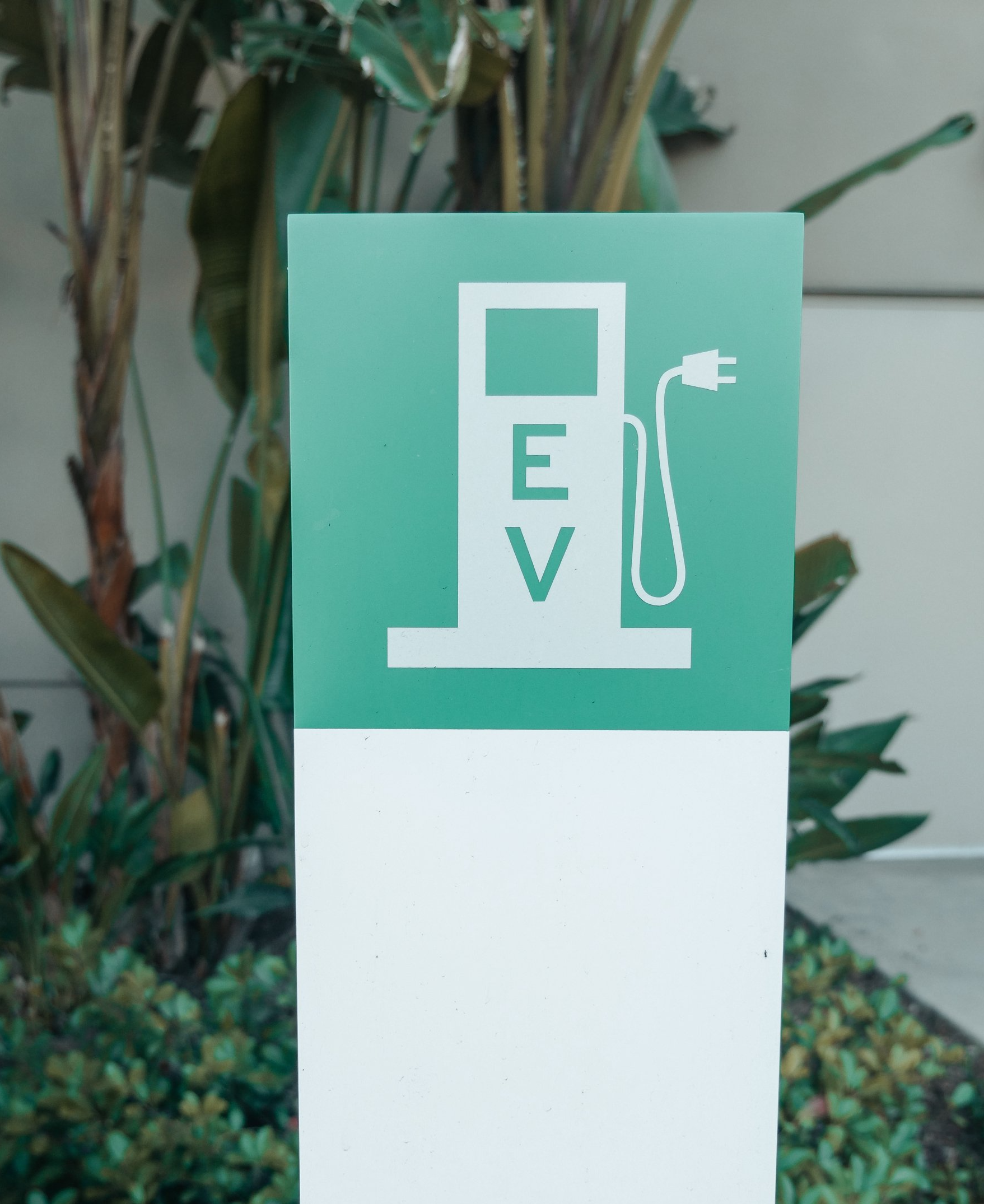In the same way you’d factor accessibility into your fuel station’s design, meeting the needs of female shoppers should also be a top priority. Not only because creating inclusive fuel services for women is the right thing to do, but because it makes excellent business sense.
Women make up over half of America’s population but
control or influence an incredible 85% of all consumer spending. That makes it clear: Understanding what women want from their fuel station and convenience store experience must be part of your fuel station design strategy (if you want to make more profit, that is).
Writing in
Forbes, Bridget Brennan, Founder & CEO of Female Factor, a strategic consulting firm focused on studying women consumers, gets even more specific:
“Women are often the decision-makers and influencers — or veto votes — in determining where families stop for breaks on road trips.”
Despite this persuasive evidence, attracting and retaining female customers is still a blind spot for many fuel service and convenience store owners.
How can fuel stations use architectural design and planning to capitalize on the ever-powerful and influential female market in a traditionally “masculine” space? In this blog, we’re exploring this question and a few more ideas to help fuel stations attract and cater to more female consumers.
What women want from fuel station design
- Are the entrance and pump areas well lit?
- Are there dark hiding places?
- Can I clearly see the entrance and through the windows to see what’s inside?
- Can I park near the entrance to avoid walking through the fueling area and parking lot?
- Are all the pumps in working order?
- Is the bathroom an outside entrance?
- What does our gut feeling tell us?
And much more.
We go through this list almost automatically. Every time. Especially in areas we don’t know or after dark.
If a fuel station doesn’t tick enough boxes, we may even drive out of our way to go to a “nicer” one.
Looking at the future of the
Fuel Station 2025: Q&A on U.S., Masud Haq, Sr. VP of Publicis Sapient, notes, "The customer experience, in general, has not been a focus (of fuel stations), but this is going to have to be central to everything a brand does going forward if it wants to grow."
This statement is more critical than ever, especially when it comes to your female customers who need and want more out of their fuel station experience. Let’s explore seven areas of focus that can help you address the interests of this all-important customer base – and attract and win a loyal female audience.
1. Safety by design
According to the U.S. Bureau of Justice, around 63,000 violent crimes happen at U.S. gas stations every year. Combined with the fact that 91% of rape or sexual assault victims are female (NSVRC), women have every reason to be concerned about their safety - especially with gas stations having a dangerous reputation.
As fuel station architects, it’s our responsibility to enhance safety for women (and everyone else) through our designs. When it comes to improving safety by design, we consider the principles of Crime Prevention Through Environmental Design (CPTED), visibility and lighting, and protective marketing. Learn more about these safety design practices below.
CPTED: Crime Prevention Through Environmental Design
Our architects employ the
four key aspects of CPTED when designing fuel stations and convenience stores:
- Natural surveillance: Avoiding blind spots and giving your customers clear lines of sight between public and service places, with entryways visible from the street.
- Access control: Using physical, landscaped or symbolic barriers (like arrows on the ground) to control the flow of movement and reduce the potential for crime.
- Territorial reinforcement: Creating attractive outdoor spaces for your customers (flowers, clear signage, etc.) and obvious transitions between public and service areas to minimize unauthorized access.
- Space management: Designing inviting, well-cared-for spaces - outside and inside - with great lighting to help make it less likely anyone will harass vulnerable female customers.
High visibility and great lighting
Another safety factor is creating better visibility within the store and bright outdoor lighting so women can easily see from the outside in and vice versa, as well as clearly see over the top of the in-store racks. This provides a better sense of safety, knowing that if something were to happen, people can see us in trouble and come to help - even when it’s dark outside.
Protective marketing
We’ve all seen the stories of bars across the world taking steps to help protect their female customers from harassment. Using things like bathroom posters encouraging female customers to share a code word with the bar staff if they need help, offers a sense of security.
Fuel stations should be no different in showing they care about their customers' safety. Even signs that discourage “catcalling” with a warning that the police will be called can go a long way in making your female customers feel protected.
2. Cleanliness
Women are generally more concerned than men with how clean a fuel station is - especially when it comes to bathrooms. While men can keep a safe distance from a dirty toilet seat, women can’t do so as easily. No wonder women are much more likely to stay loyal to a fuel station that frequently cleans their bathrooms.
3. Modern marketing
In this
Chicago Tribune article,
Female Factor’s Bridget Brennan shares her advice highlighting three ways to attract female shoppers. The first is to ensure you’re using marketing language and imagery that reflect real women today. Avoiding stereotypes in your marketing, like splashing the color pink on anything female-targeted or using outdated images of women, is a good place to start.
4. Elevated environments
Consider all the aspects of your store environment – how it looks, sounds, and even how it smells! Take note of how retailers create inviting experiences for women. From more aesthetically pleasing decór (think bright, clean surfaces) and attractive displays, to background music and a nose-friendly aroma (fresh coffee and warm cookies smell so much better than grease fryers or pine scent cleaners.)
5. Child-friendly design
Look for opportunities to create a more child-friendly design. With many women driving to their local gas station with kids in tow, it’s important for fuel station and convenience store owners to provide amenities geared towards children and make it easier to navigate the store with a child. Larger convenience stores can look to concepts used in fast-food dining, such as designated play areas, games machines, or even a coloring book station.
6. Loyalty programs
Considering women are the influencers of most purchase decisions, including where to stop for their fuel and a few snacks, a female-targeted loyalty program will help you increase retention. Promoting child-friendly discounts, healthier options, and gas rewards via their preferred communication channel can give your customers more incentive to return to you over competitors.
7. Female-friendly products
You can strike a balance between serving your male customers and including more female-preferred products in your store (such as personal care products). Keep in mind that women are often buying for someone else, so featuring items like snacks for kids, fresh and healthy food options, flowers, personal care and beauty products within easy reach can help keep female customers coming back.
How to attract women through design - a case study
Designing the fuel station of the future earns customer loyalty
Fuel station owners can also prioritize female safety with advanced technology. In the future, fuel station experiences will become more frictionless as contactless services and automatic deliveries are adopted on a wider and more permanent scale.
As electric vehicles become the norm, fuel stations will also need to do more to attract females to charge up at their facilities instead of shopping malls, restaurants, or hotels. Fuel stations can look to options to become more amenity-focused, adding features such as playgrounds, wellness areas, and better food services.
With technology evolving like it is, women may not even have to leave their car to refuel or recharge and get their road trip snacks.
Read more about the future of fuel station and convenience store design.
The secret solution to designing a fuel station with women in mind?
Hire a female design team! KE Design is a women-owned and led firm, which gives us the unique ability to design directly from a woman's perspective to help you create a fuel station that can better attract, convert, and retain more female customers.
Our female architects, engineers, project managers, and site managers will help you design or remodel your fuel station, convenience store, and food services to build a loyal female customer base.
If you're interested in working together on an upcoming gas station remodel or new build, a convenience store upgrade or new commercial project, we’re here to create designs that outpace your competitors and deliver what many architecture firms can’t: Fuel service design expertise with a real-world female perspective.
Find out how much better it feels to work with an architecture firm that knows the fuel industry and what drives your customers.
Request an Intro Call
Ready to design your fuel station to win greater customer loyalty?
Ask us how our architectural and planning services help fuel companies attract, convert, and retain valuable female customers.

